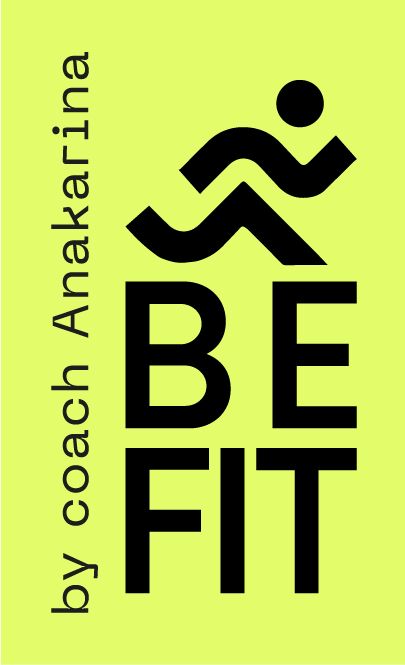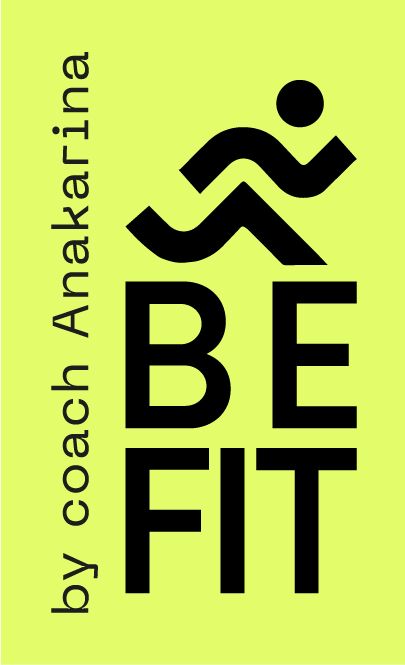Plyometric exercises for running: build power, run stronger
Why runners need more than just mileage
You’re running regularly. Maybe training for a race. You’ve nailed your long runs, your weekly mileage is solid, and you’ve even dabbled in intervals. But your legs feel heavy. Your stride lacks spring. And no matter how consistent you are, your speed just isn’t improving.
I’ve been there. I remember training for my first half marathon and wondering why, even after months of running, I still felt slow off the start line. That explosive power other runners had? I didn’t. Until I discovered plyometrics.
If you’ve ever felt like your body is running on autopilot, it might be time to add a new kind of movement to your training—one that doesn’t just build endurance, but ignites it. Plyometric training is the missing puzzle piece that can help you feel powerful, agile, and light on your feet again.
In case you’re new here, I’m Ana Karina, certified running coach and founder of BeFit Runners. Whether you’re training for your first 5K or your fifth marathon, this guide will help you bring new energy to your stride. If you’re looking for expert guidance and structured plans, check out our online membership for runners—it’s designed to support every step of your journey.
What is plyo exercise?
Plyometric exercises, or "plyos," are explosive movements that train your muscles to exert maximum force in minimal time. Think jumping, bounding, skipping—any movement that loads and then quickly releases energy.
These exercises train your fast-twitch muscle fibers, improve neuromuscular coordination, and boost your ability to generate force. For runners, that means more powerful strides, quicker cadence, and better reactivity on uneven terrain.
But here’s what’s often overlooked: plyos also sharpen your mental connection to your body. That moment before you leap? It teaches commitment. The landing? It teaches control.
Why it matters: Running isn’t just about how long or far you can go. It’s about how efficiently your body moves. Plyometrics help you run not just longer, but better.
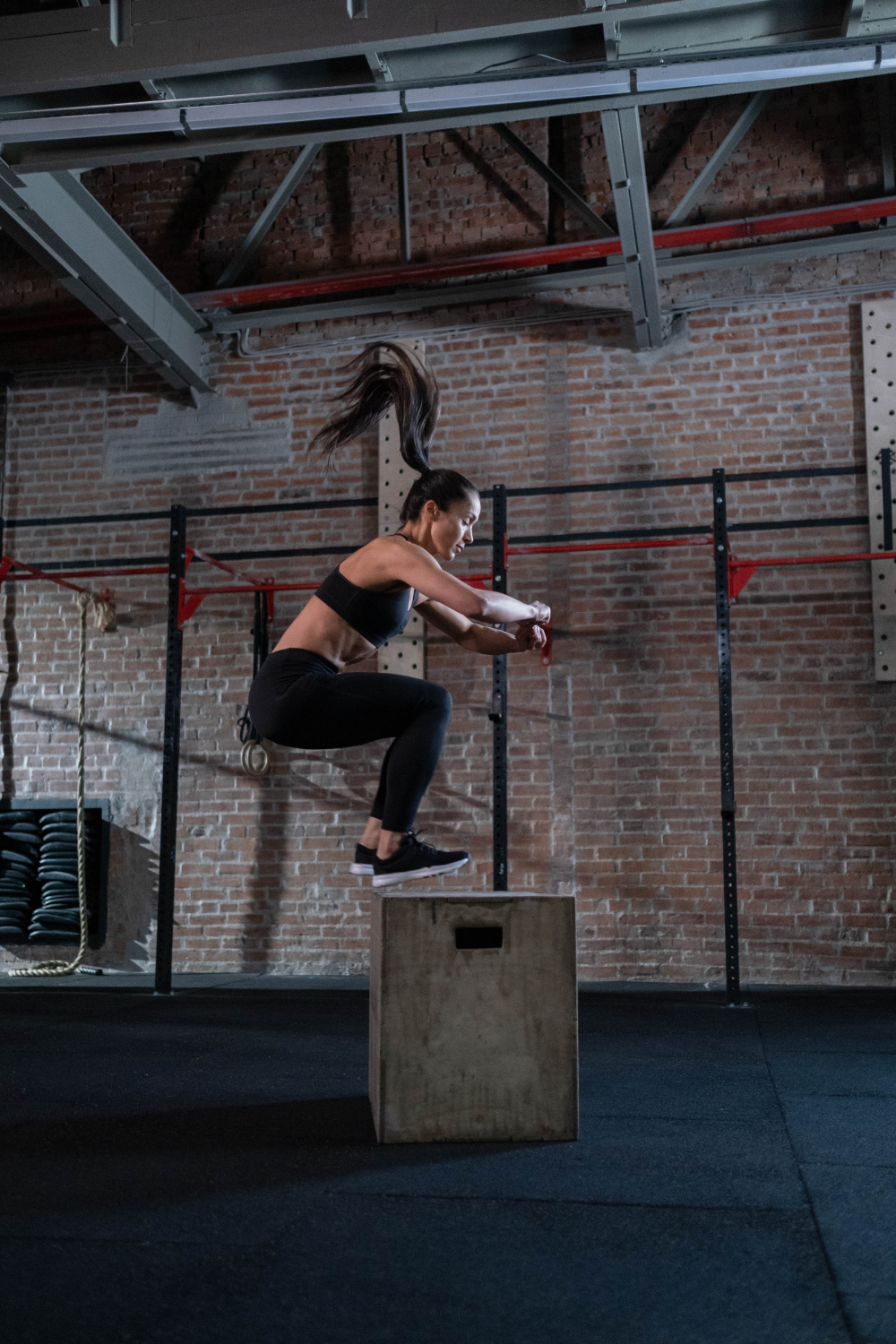
Can plyometrics help with running?
Absolutely. Plyometrics help runners:
- Increase stride power: Stronger push-off leads to longer, more efficient strides.
- Improve running economy: Use less energy to go the same distance.
- Boost agility and reactivity: Especially useful for trail runners or those doing races with elevation changes.
- Enhance injury prevention: By building strength and responsiveness in tendons and joints.
When I introduced plyos to my routine, I didn’t expect dramatic changes. But within weeks, I noticed it: my turnover was faster, I felt springier, and hills didn’t drain me the same way. My easy runs felt smoother. Even my recovery improved.
One runner I coached, Andrea, was terrified of jumping. We started with tiny hops. Two months later, she was bounding uphill, smiling. Her 5K time dropped, and her confidence soared.
Plyometric exercises for runners
Here are some of the most effective plyometric exercises for runners. You don’t need a gym—just your body, space to move, and focus on form.
Beginner-friendly plyometrics:
- Jump Squats: Build quad and glute strength.
- Lateral Bounds: Improve lateral stability and coordination.
- High Knees: Train quick turnover and core engagement.
- Skipping: Great warm-up that boosts elasticity in the calves.
Advanced plyometrics:
- Bounding: Exaggerated running strides to build power.
- Depth Jumps: Drop off a step and immediately jump up.
- Tuck Jumps: Improve explosive strength in your hip flexors and core.
🎥 Want a full 30-minute plyometric workout for runners? Watch this video
Tip: Start with 1–2 rounds, 2x per week. Focus on quality reps, not quantity.
Another note: Don’t be afraid to look silly. Plyos might feel awkward at first—but every jump teaches you something new about your stride.
What exercise should I combine with running?
Cross-training is the key to becoming a stronger, more resilient runner. Plyometrics pair well with:
- Strength training: Develop muscle stability and power
- Mobility work: Support joint health and prevent injury
- Easy recovery runs: Help absorb new strength adaptations
Here’s a weekly plan example:
- Monday: Easy run
- Tuesday: Plyometrics + mobility
- Wednesday: Medium run
- Thursday: Rest or cross-training
- Friday: Intervals or tempo
- Saturday: Long run
- Sunday: Strength + plyometrics (short session)
You don’t have to do it all—just enough to make your running more intentional.
Is plyometrics once a week enough?
Yes, especially for beginners. One session a week can:
- Improve muscle reactivity
- Build power without overtraining
- Complement your running schedule without adding too much stress
Advanced runners might increase to 2x/week, depending on race goals and training volume.
Consistency > intensity. Let your nervous system adapt before adding more.
And remember, rest is part of the process. Don’t trade recovery for extra reps.
Are isometrics better than plyometrics?
They serve different purposes. Isometrics involve holding tension (like planks or wall sits) and are great for core strength and joint stability. Plyometrics are dynamic and explosive.
Use both. Isometrics build control. Plyometrics build expression. Together, they support a balanced, strong runner.
Think of it like a symphony: isometrics are the calm beats; plyos are the crescendos.
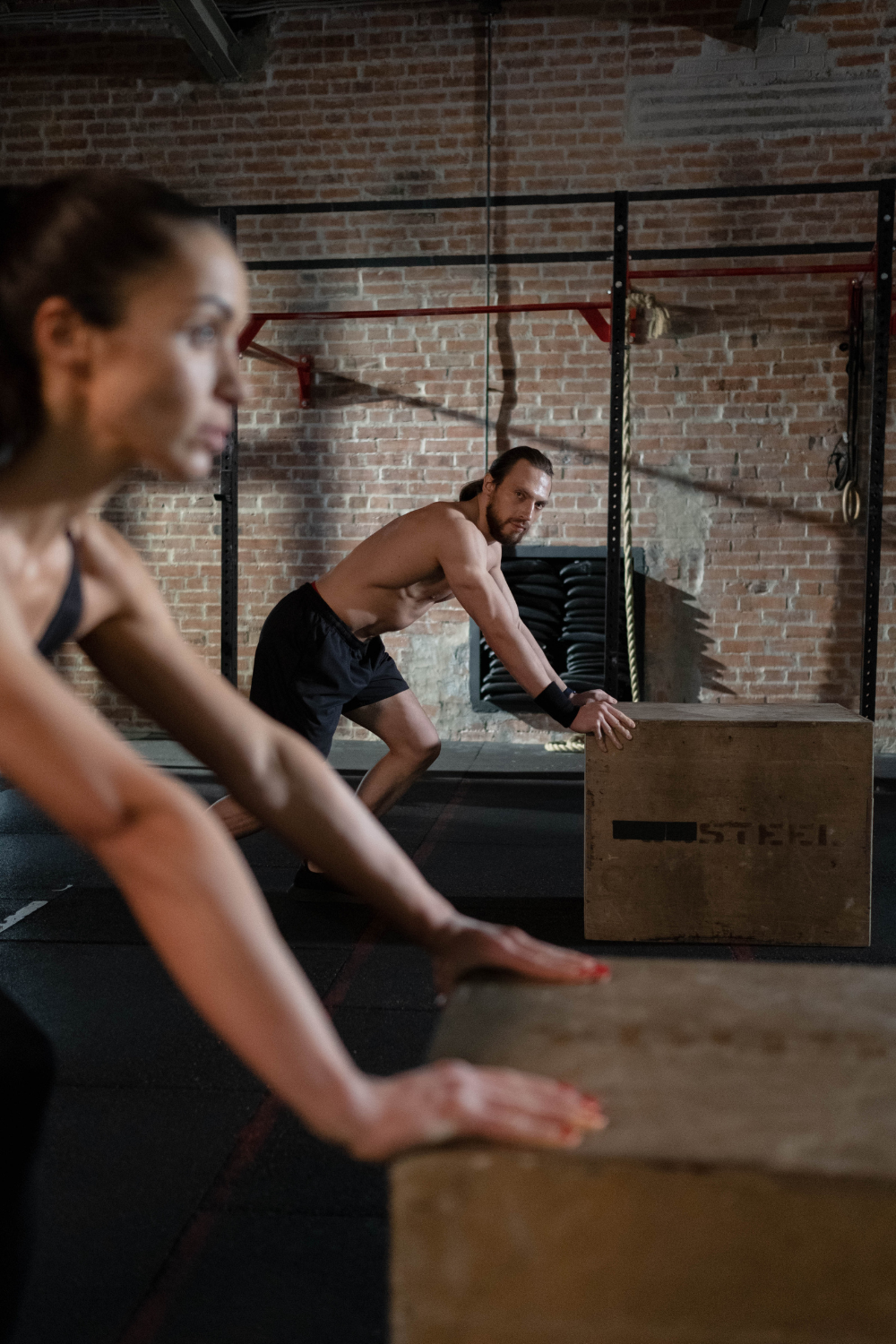
Can plyometrics increase speed?
Yes—and not just sprint speed. Plyometrics help improve:
- Ground contact time (less time on the ground = faster turnover)
- Stride length and height
- Explosive power at race starts and hill surges
One of my runners, Maya, was stuck at the same 10K time for over a year. We added bounding, jump squats, and high knees. Within 8 weeks, she shaved 2 minutes off her PR.
Speed is about force. Plyos teach you to create more, faster.}
And beyond the stopwatch, you’ll feel it. That lightness in your step? That’s progress you can’t always measure.
Best tips for using plyometrics in your training
- Start small: 10–15 minutes, once a week
- Prioritize form: Land softly. Think control, not chaos.
- Use plyos before strength: They require a fresh nervous system.
- Recover well: Don’t do them right before a long run or key speed session.
- Track what you feel: Not just numbers—how does your stride change?
Bonus tip: Make it fun. Turn up your playlist, go outside, and let your body move differently.

Ready to elevate your training?
Plyometrics aren’t just for sprinters or pros. They’re for runners who want to feel strong, light, and confident in every stride. Adding even a small dose to your week can lead to powerful transformation.
At BeFit Runners, we integrate smart cross-training into all our plans—so you don’t just run more, you run better.
Join our online membership for runners and get:
- Structured plans with plyometric training included
- Coaching support from experienced runners
- A community that runs with heart and purpose
Let’s build strength that moves you forward.
Let’s chase strong—together.
* Blog Disclosure: Reading our blog does not replace any medical or health consultations with licensed professionals. This blog is created with educational purposes.
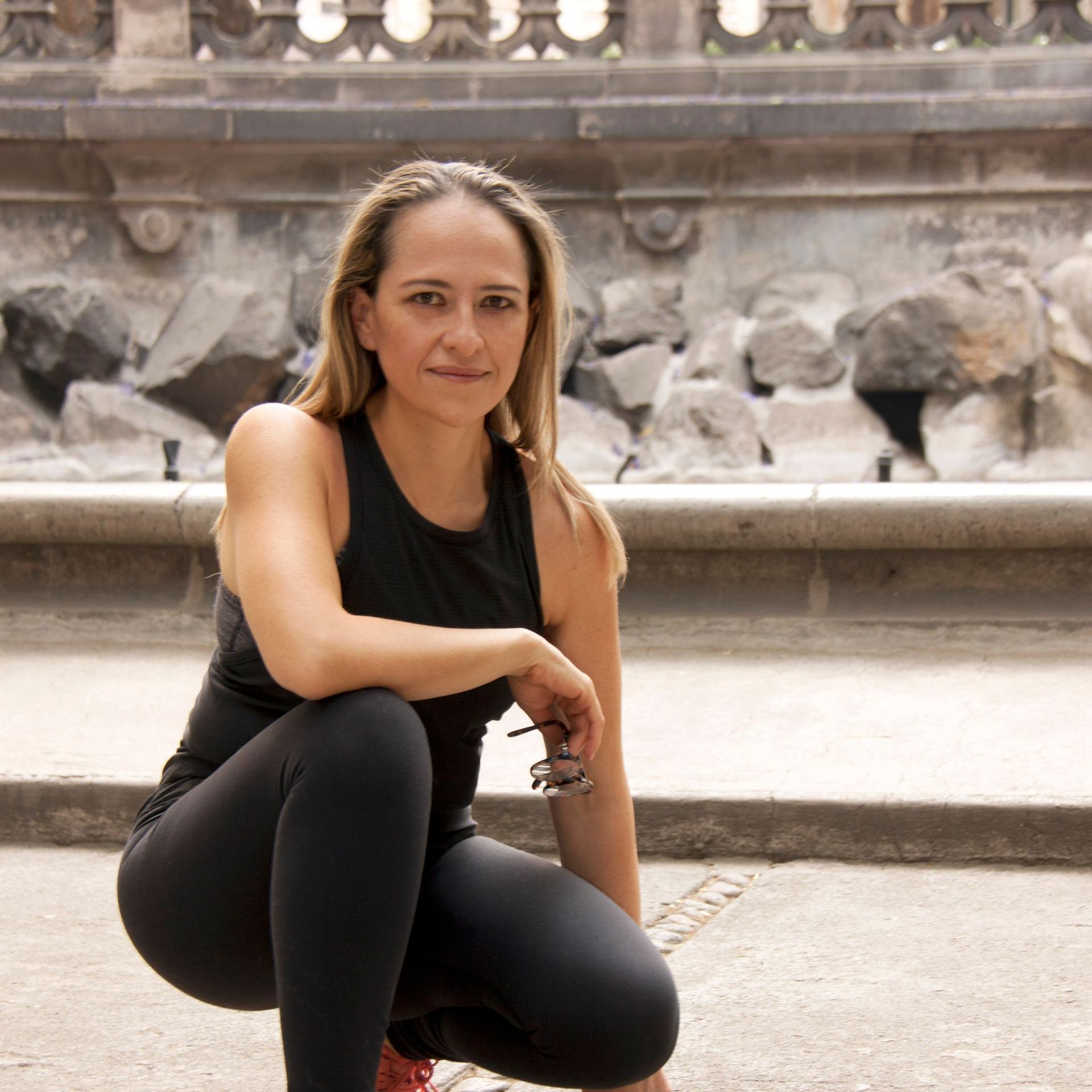
Hola, I'm coach Kari
Many of my athletes come to me because they no longer enjoy running, whether due to injury or simply because they're not improving their performance. I want to help you break out of this vicious cycle and enjoy running again. Through my running coaching, you will improve your techniques and become a stronger runner.
Download your running roadmap to 5k,10k or your first marathons (EN/ES available) 👇

